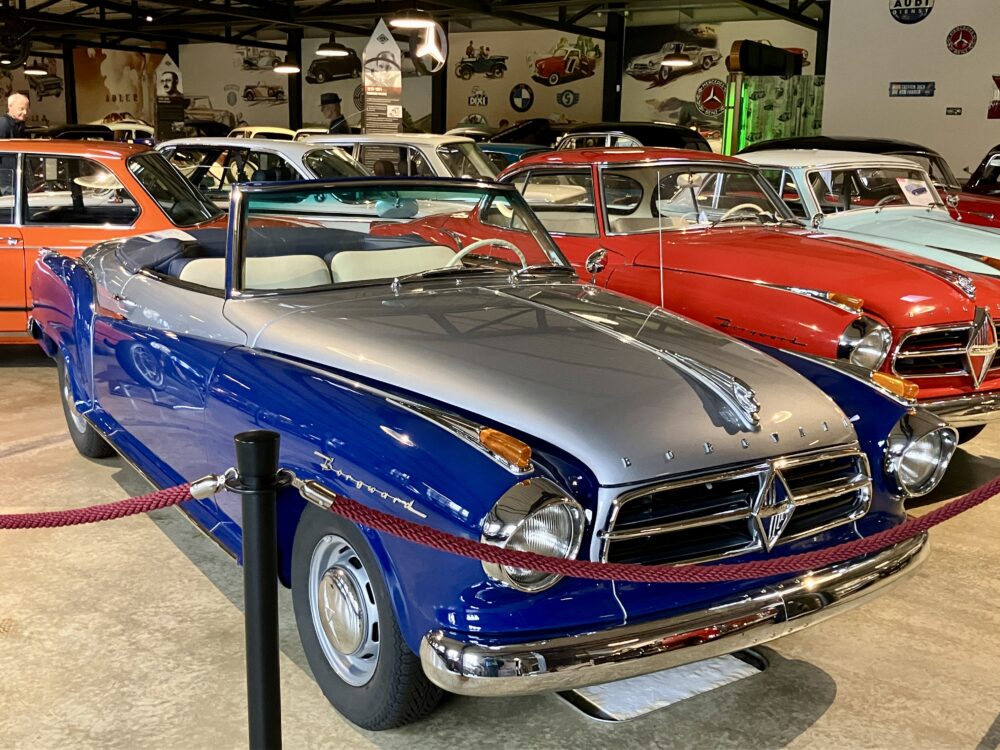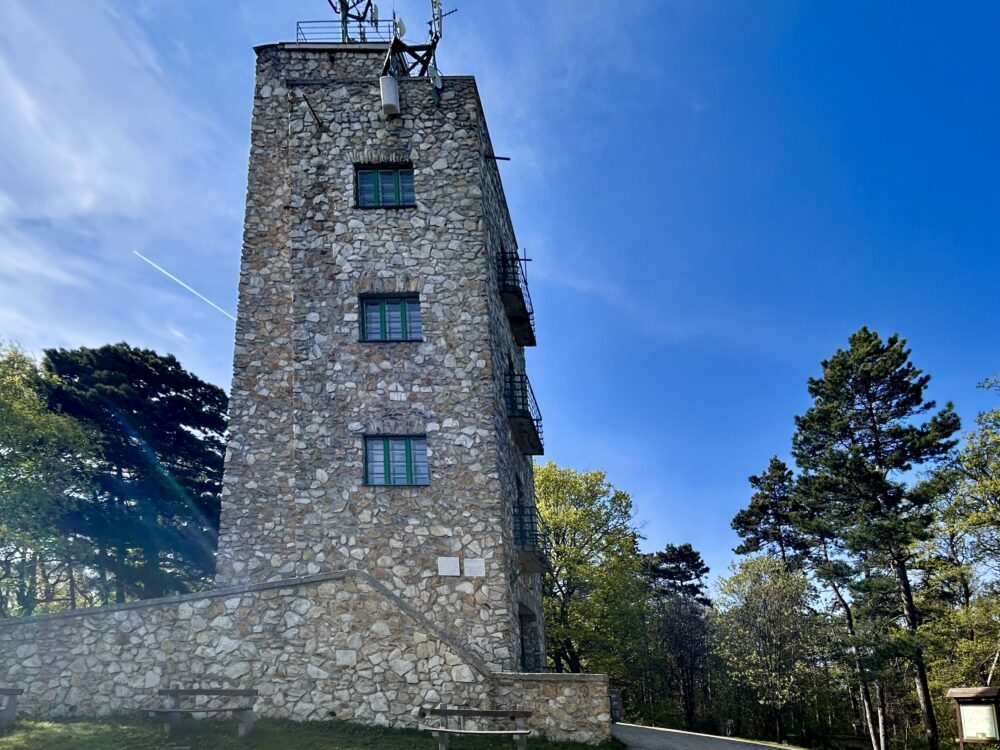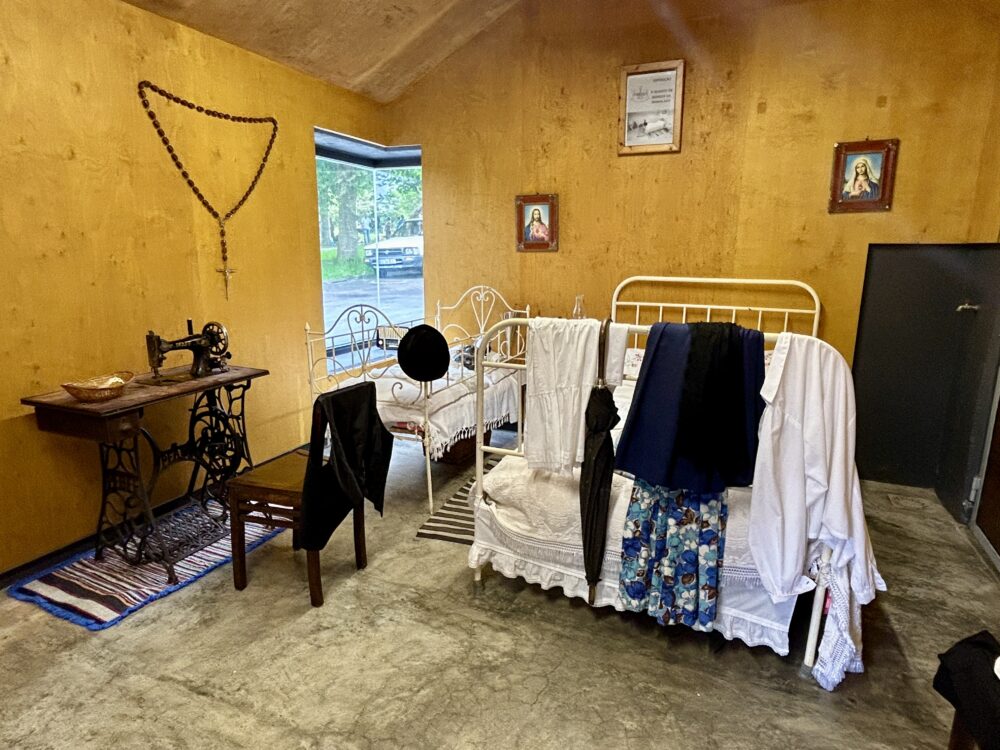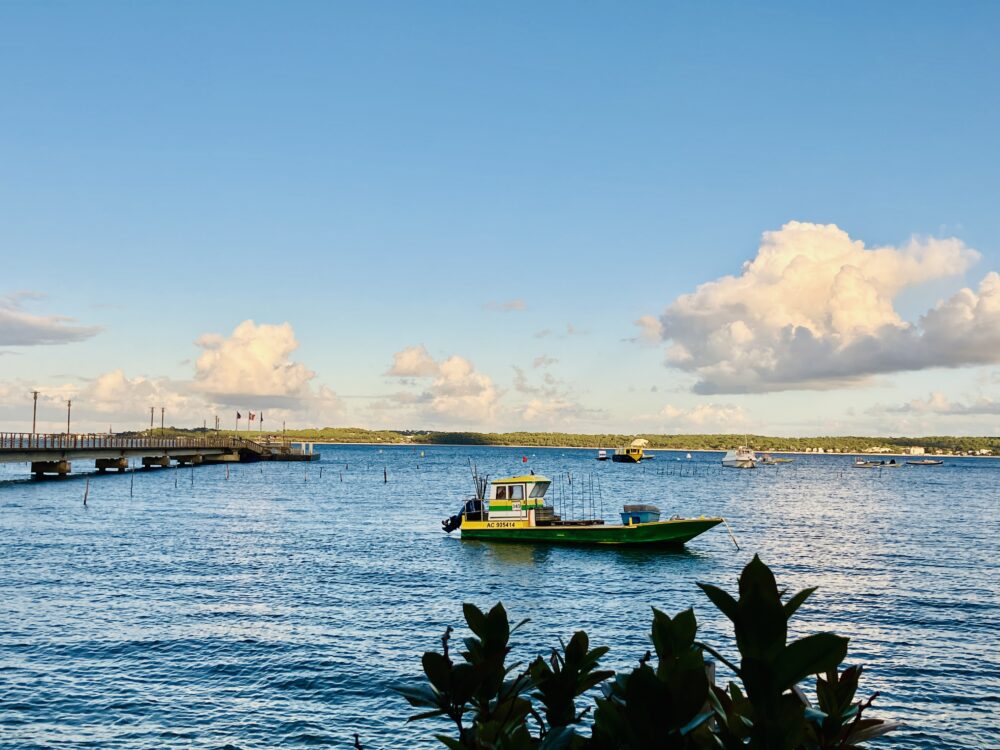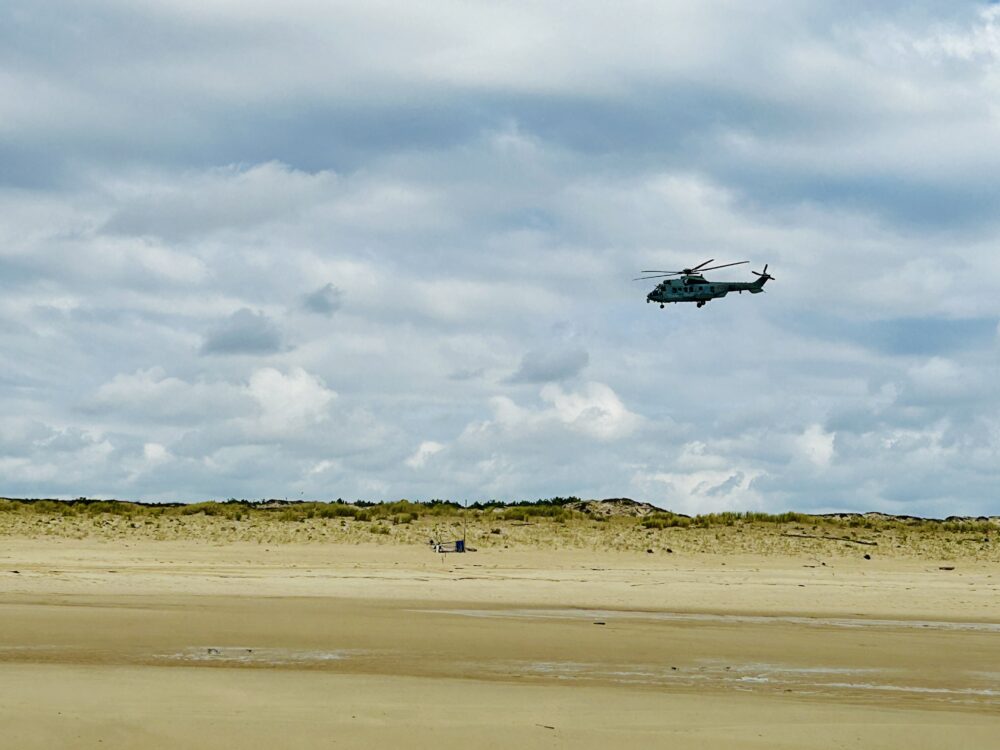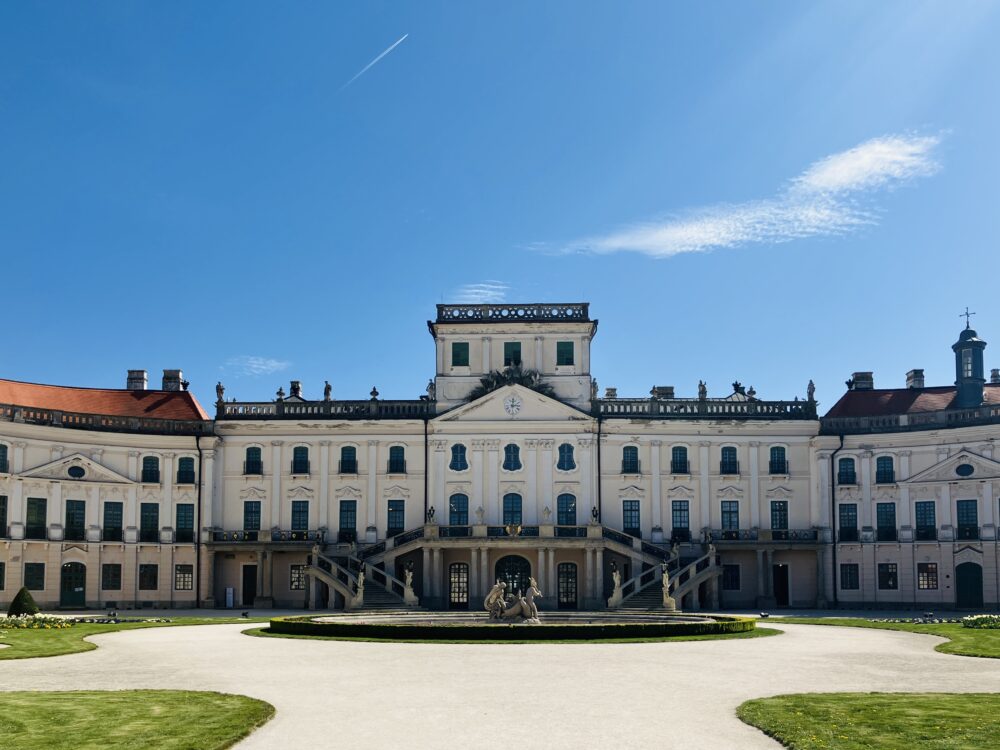The story of Borgward is a remarkable journey through automotive history. Founded by Carl Friedrich Wilhelm Borgward, the brand saw its inception in the early 20th century and experienced a tumultuous ride from being a symbol of German engineering to a rebirth as a modern Chinese electric vehicle manufacturer.
Carl Friedrich Wilhelm Borgward was born in 1890 and became a significant figure in the automotive industry. In 1919, he joined the Bremer Reifenindustrie GmbH, which later became the Bremer Kühlerfabrik Borgward & Co. In 1924, Borgward developed the Blitzkarren, a delivery tricycle that marked the beginning of his automotive ventures. By 1925, the company was renamed Fahrzeugwerke Borgward & Co. G.m.b.H., and in 1928, it became Goliath-Werke Borgward & Co. G.m.b.H.
Between 1929 and 1931, Borgward and his partner acquired the majority shares of Hansa-Lloyd-Werke A.G., leading to the formation of Hansa-Lloyd-und Goliath-Werke Borgward & Tecklenborg oHG. During this period, the company introduced several models, including the three-wheeled Goliath Pionier and the Hansa 1100, 1700, and 2300 models.
In 1938, the company was rebranded as Carl F. W. Borgward. However, the outbreak of World War II brought destruction to the Borgward factories in Hastedt and Bremen-Sebaldsbrück. Despite these setbacks, Borgward persevered, and in 1949, he established three separate companies: Carl F. W. Borgward G.m.b.H. Automobil- und Motoren-Werke, Goliath-Werk G.m.b.H., and Lloyd Maschinenfabrik G.m.b.H.
One of Borgward’s most notable achievements was the introduction of the Hansa 1500 at the Geneva Motor Show in 1949, the first new German car design after World War II. This was followed by the Lloyd LP300 in 1950, affectionately known as the “Leukoplastbomber.” In 1954, Borgward launched the iconic Borgward Isabella, which became a symbol of the German economic miracle with its 60 horsepower engine and elegant design.
However, the financial crisis in the late 1950s, exacerbated by issues with the Lloyd Arabella, led to a dramatic and controversial political intervention. In 1961, Borgward was forced to cede control of his company to the Bremen Senate. Despite the company’s profitability and lack of debt, the forced takeover remains a contentious chapter in German industrial history. By 1964, a group of investors acquired the machinery and rights to Borgward’s operations, producing the Borgward P 100 in Mexico between 1967 and 1970.
Fast forward to 2014, when Chinese investors acquired the trademark rights to Borgward, breathing new life into the storied brand. Today, Borgward has reinvented itself as a manufacturer of electric vehicles, blending its rich heritage with cutting-edge technology.
#BorgwardHistory #ClassicCars #ElectricVehicles #AutomotiveRevolution #IconicCars



